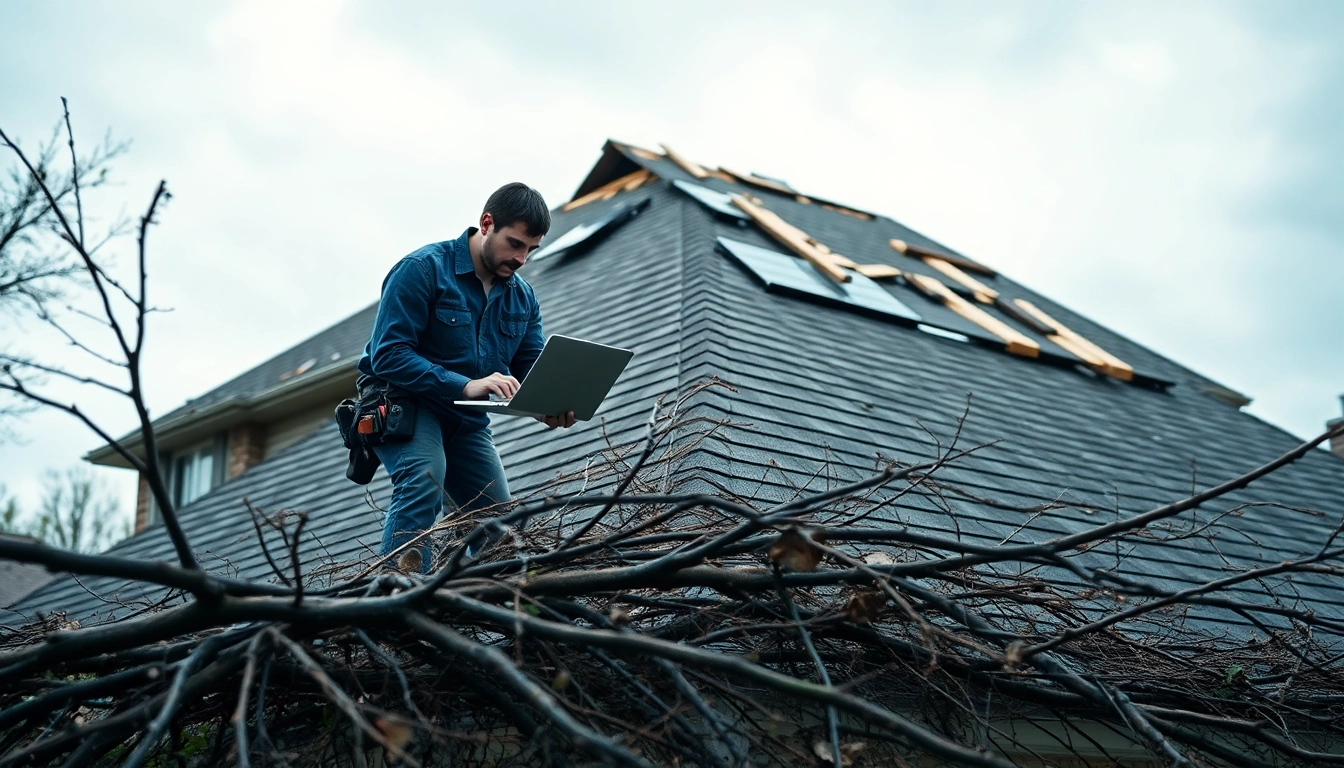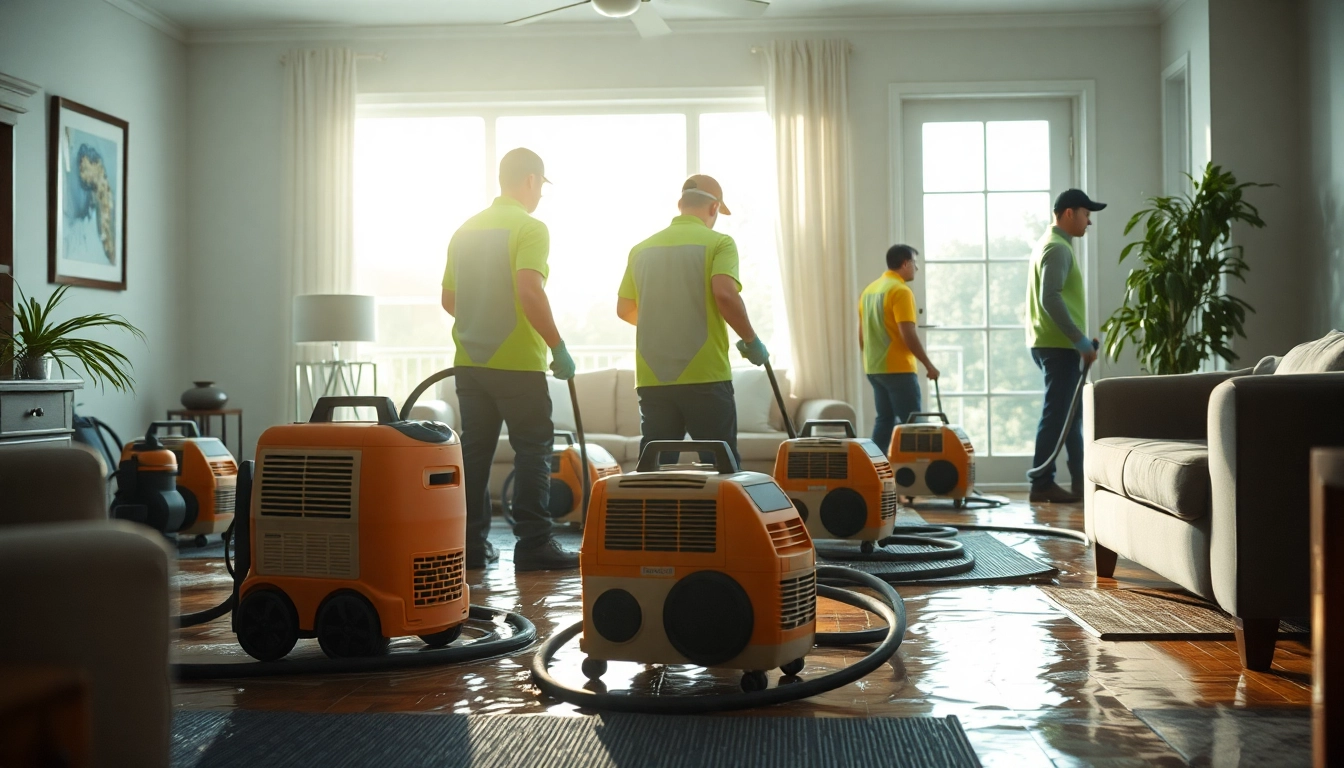Understanding Emergency Roof Repair in Texas
In the unpredictable world of Texas weather, roofing emergencies can strike at any moment. Whether it’s a sudden storm that leaves your roof compromised, a fallen tree branch, or a series of leaks stemming from an unforeseen issue, the need for prompt emergency roof repair Texas cannot be overstated. In this article, we will explore what constitutes a roofing emergency, why quick responses are crucial, and how to navigate the landscape of emergency roofing services effectively.
What Constitutes a Roofing Emergency?
A roofing emergency is defined primarily by the urgency and severity of the problem at hand. It typically involves conditions that pose serious threats to your home’s integrity and safety. Some scenarios that might classify as emergencies include:
- Significant Leaks: Pervasive water intrusion that leads to immediate damage inside the home.
- Structural Damage: Any conditions threatening the roof’s structural integrity, such as sagging or large, gaping holes.
- Severe Storm Damage: Damage caused by hail, strong winds, or fallen debris that exposes the roof to further water damage.
- Fire Damage: Events that compromise the roofing material and necessitate urgent intervention.
Common Signs Needing Immediate Attention
Recognizing the signs that an emergency repair is necessary can save you from extensive damages. Key indicators include:
- Visible water stains on ceilings or walls
- Missing or damaged shingles
- Water pooling in your gutters or around your home’s foundation
- Evidence of mold growth, which can arise from prolonged moisture exposure
- Pest infestations in your attic or roof due to accessibility created by damage
Why Quick Response is Crucial?
Timely intervention in a roofing emergency can significantly minimize the extent of damage and repair costs. A delay can lead to:
- Worsened structural damage, increasing the complexity of repairs.
- Heightened susceptibility to water damage, posing a risk to interior furnishings and potentially leading to mold growth.
- Decreasing the overall lifespan of your roofing system, making it more prone to future issues.
- Insurance complications, where delays may hinder your claims process and result in reduced coverage for repairs.
Types of Emergency Roofing Services Offered
Residential Emergency Roof Repair Options
For homeowners facing emergencies, a swift and comprehensive response from roofing contractors is vital. Common residential emergency services include:
- Leak Repair: Addressing leaks caused by missing shingles, curling shingles, or other compromised areas.
- Temporary Tarping: Installing tarps to shield vulnerable areas from the elements until a more permanent solution can be executed.
- Full Roof Inspections: Conducting thorough assessments to identify all areas of concern that may require immediate attention.
- Replacement of Damaged Shingles: Quick replacement or patching of damaged shingles to prevent further compromise.
Commercial Emergency Roofing Solutions
Commercial buildings often face unique challenges during roofing emergencies due to their size and complexity. Emergency services for commercial roofs may encompass:
- Clearance of Debris: Removing fallen branches, hail, and other hazards from the roof surface to assess damage.
- Rapid Repairs: Addressing leaks and structural concerns before they disrupt business operations or lead to costly downtime.
- Roof Maintenance Programs: Setting up ongoing maintenance plans to preemptively mitigate the risk of future emergencies.
Specialized Services for Storm Damage
In Texas, severe weather conditions can lead to unique roofing emergencies. Professionals offer specialized storm damage services, including:
- Emergency Roofing Tarps: For immediate shelter when storm damage occurs.
- Insurance Claims Assistance: Helping property owners navigate the claims process to get maximum reimbursements.
- Impact-Resistant Roof Replacement: Installing new roofing materials that meet codes for extreme weather conditions, often providing better long-term protection.
How to Choose the Right Emergency Roofing Contractor
Assessing Credentials and Experience
Choosing the right contractor is crucial for a successful repair. Look for:
- Licensing and Insurance: Confirm that the contractor is licensed and insured to protect against liability.
- Experience: Select a contractor with a proven track record in handling emergency situations.
- Amenities and Guarantees: Investigate warranties on work and materials to ensure coverage in future incidents.
Importance of 24/7 Availability
When an emergency strikes, you need a contractor who can swiftly respond regardless of the hour. Ensure that your chosen contractor offers:
- 24/7 Emergency Service: Availability around the clock is critical to manage unexpected situations effectively.
- Rapid Response Times: Inquire about their typical response time to ensure you won’t be left waiting for vital repairs.
Evaluating Reviews and Customer Feedback
Once you’ve narrowed down your options, examine online reviews and testimonials to gauge the contractor’s previous performance. Consider:
- Checking platforms like Google Reviews and Yelp for customer experiences.
- Assessing the consistency of the feedback received rather than relying solely on a few outstanding reviews.
- Contacting past clients if possible to gain firsthand accounts of their experiences.
Steps to Take Before Help Arrives
Initial Damage Assessment
Before a professional arrives, conduct a preliminary assessment of the situation. Take notes on:
- The extent of the damage and any immediate risks it poses.
- How long the issue has been present and any weather conditions that may have contributed.
- Photographic evidence to support insurance claims later.
Temporary Fixes to Prevent Further Damage
Taking initial steps to mitigate damage while waiting for your contractor can make a significant difference. Here are some effective strategies:
- Use a tarp to cover any leaking areas of the roof, ensuring it is securely fastened.
- Move valuables and furniture away from affected areas to prevent additional damage.
- Drain water accumulation whenever possible to lessen the burden on your roof structure.
Gathering Necessary Information for Your Contractor
Once the immediate situation has been stabilized, compile all related information to expedite the repair process:
- A description of the damage, including notes on when and how it occurred.
- Any previous efforts to stabilize the damage, such as tarping.
- Contact information for your insurance provider should it be necessary to file a claim.
Cost Considerations for Emergency Roof Repairs
Understanding Price Factors
Emergency roofing repair costs can vary significantly based on several factors. Common elements influencing price include:
- The Extent of Damage: More severe damage typically requires more labor and materials, increasing costs.
- Roofing Material Options: The type of materials used in your roof will affect both the repair and replacement costs.
- Labor Costs: With many contractors rushing to meet urgent needs, labor costs may rise during peak demand periods.
Insurance Coverage and Claims Process
Understanding your insurance policy is crucial when dealing with emergency roof repairs. Important considerations include:
- Reviewing the types of coverage you hold, including wind, hail, and comprehensive coverage for roof repairs.
- Understanding your deductible and how it affects your out-of-pocket costs.
- Documenting all communications with your insurance provider to facilitate a smoother claims process.
Budgeting for Unexpected Costs
Setting aside a contingency fund for roofing emergencies can help ease the financial burden. Consider these budgeting strategies:
- Estimate potential repair costs based on past experiences and discussions with contractors.
- Review financial assistance options or grants available within your region for urgent home repairs.
- Factor in construction costs and timeframes for compliance with safety regulations and building codes.











Leave a Reply